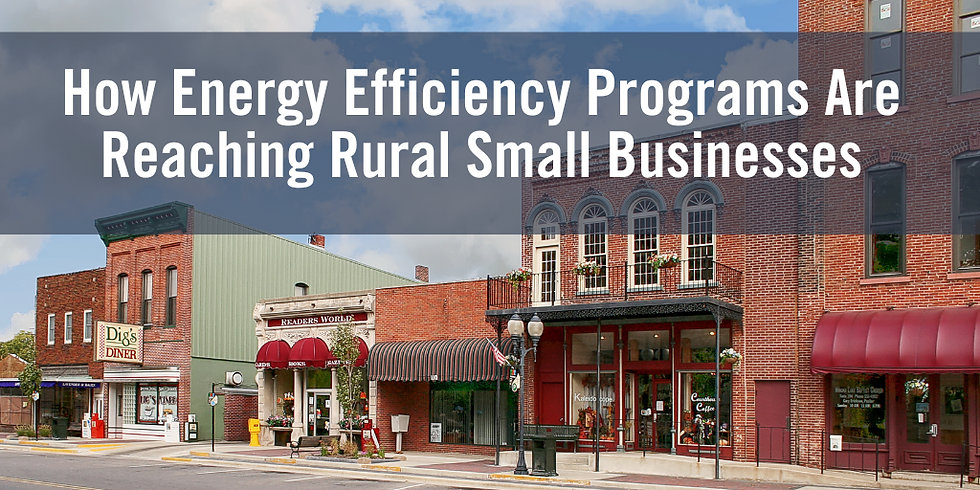Rethinking Office Space in the Work From Home Era
- Carly Burke
- Aug 15, 2023
- 4 min read
Written by: Ian Firestone

Due to COVID-19 shifting how companies do business, there is a glut of under-leased office space in markets across the country. Increasingly, companies are offering Work From Home (WFH) or hybrid working models, where some time is expected or required in an office and the rest is permitted to be logged from home. Therefore, property management companies and property owners are rethinking the use of their office spaces, while many companies are determining how much they will incorporate WFH into their operations.
The changing face of work, along with other market factors, is creating uncertainty for companies looking to lease new office space from a financial perspective. Will the space be used enough to justify the leasing costs? This uncertainty is shown in the vacant office space across the country. A report from commercial real estate services company Cushman & Wakefield found that the national office vacancy rate in the first quarter of 2023 was 18.6% which is the highest it’s been in 50 years. The report also found that the US may be sitting on more than 1.1 billion square feet of empty office space by the end of the decade. Office attendance is less than half what it was pre-pandemic in many of the largest metro areas across the country.
Also affecting company’s leasing decisions are evolving expectations from workers on included amenities within office spaces in a highly competitive labor market. Attracting talent requires flexible work models and improved office facilities that includes more comforts for workers. These upgrades are necessary for employers to entice workers back to the office. As modern workers expect a more robust live/work environment and associated set of amenities at their office, the investments from companies into their office space is being looked at with a more critical eye. The office layouts of the past are no longer viable in this market as the pandemic changed how workers choose to collaborate in person. Smaller private offices, more collaborative workspaces, or hoteling (aka hot desks, which foster more functional and flexible offices) are all becoming more prevalent.
These changes in expectations encourage property owners with unleased space to consider renovations to floor plans with thoughts toward how future office tenants will want to use the space. Sometimes the cost to modernize an office space is so high, conversion to a housing or mixed-use property becomes viable.
Considering the shortage of affordable housing in the US, a conversion of office space to housing has become appealing to property owners as they expect the space may be more likely to be leased as housing than as Class B or Class C office spaces. Even with the high associated costs of such a conversion, the possibility of high occupancy and high per sq ft lease rates with a housing property is enticing.
Earlier this year, New York City mayor Eric Adams issued recommendations for zoning changes and tax incentives that could free up 136 million square feet of office space for conversion to residential units. Additionally, there are five office to residential conversions happening in Washington, DC’s Golden Triangle neighborhood. In Chicago, a major development known as LaSalle Reimagined is also underway which will be a conversion of five office tower properties on the LaSalle Street Corridor. The result will be 1,600 housing units with an emphasis on addressing the affordable housing shortage as 600 of them will be income restricted. Eighty-five percent of real estate in the area is dedicated to office space, while 5 million square feet of it is vacant. These conversions are expensive so they must be approached with cautious planning and extensive hyper-local market research while also taking advantage of any tax credits and available financing. The LaSalle Reimagined projects will rely heavily on low-income housing tax credits, historic tax credits, and public funding via the creation of a tax-increment financing district.
What does this mean for office space property owners and managers? Firstly, not every office building is suited to a conversion to housing so research will need to be done on the viability of any conversion project prior to implementation. If the building is a good fit, they will need to ensure that they understand the area in which their building exists and what would fit best within the neighborhood. For example, if an area is oversaturated with office space but lacks housing, a residential conversion may be a viable option. Mixed-use neighborhoods continue to grow in popularity, as companies and employees both consider the surrounding amenities in their leasing decisions. Creating a more robust and inclusive live/work area can draw higher-paying tenants and allow property owners to maximize their property’s income, albeit with a high upfront development investment.
When deciding between converting an office property to housing or investing in and upgrading the existing office space, Waypoint Energy can help offset those investment costs with guidance through various incentive programs. Including utility incentives in initial project budgets will enable developers to build more value into renovations allowing improved or additional amenities to attract the best tenants possible.
For more information about rethinking office space, contact info@waypoint-energy.com.





Comments